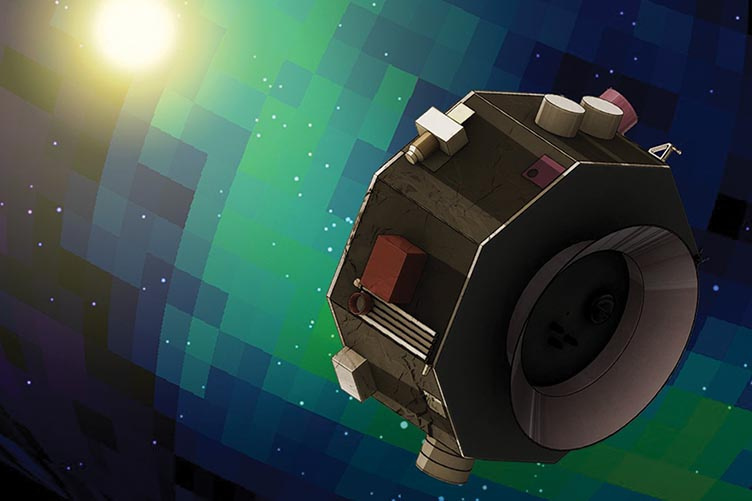
When NASA launches its Interstellar Mapping and Acceleration Probe (IMAP) mission in 2024, it will carry an instrument designed and built by a team of UNH engineers and scientists.
IMAP will help researchers better understand the boundary of the heliosphere, a magnetic bubble surrounding and protecting our solar system. This region is where the constant ow of particles from our Sun, called the solar wind, collides with material from the rest of the galaxy, limiting the amount of harmful cosmic radiation entering the heliosphere. IMAP will collect and analyze particles that make it through the heliosphere’s protection.
“These galactic cosmic rays cause radiation exposure that poses risks for humans in space, can damage space instruments, adversely affect our satellites and even influence the Earth’s atmosphere,” says Nathan Schwadron, the Norman S. and Anna Marie Waite Professor of physics and one of the deputy principal investigators overseeing the mission. “This mission continues to shine a light on the strength of UNH’s space program and its scientists, some of the leading researchers in the eld,” says Harlan Spence, IMAP co-investigator and director of UNH’s Institute for the Study of Earth, Oceans, and Space.
-
Written By:
Robbin Ray ’82 | UNH Marketing | robbin.ray@unh.edu | 603-862-4864

















































